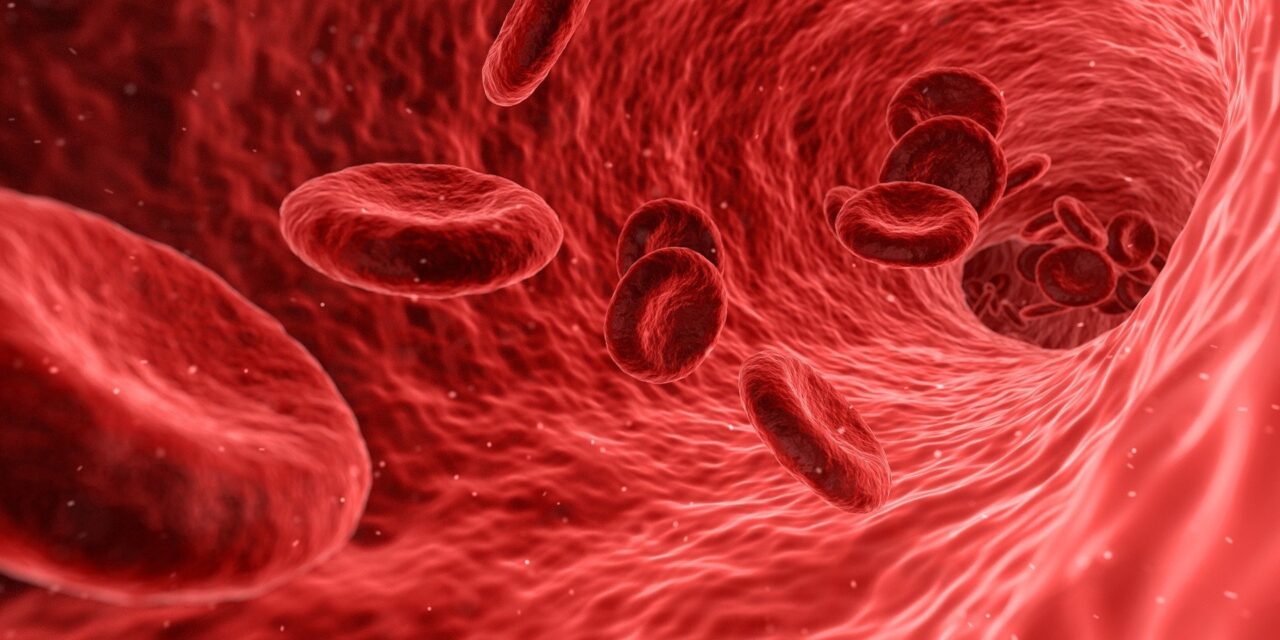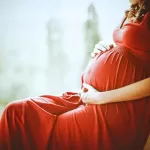New Delhi, March 21, 2024 – On National Anaemia Day, observed annually on March 21st, health experts are raising crucial awareness about the disproportionate prevalence of anaemia among women in India. According to the National Family Health Survey 5 (2019-21), a staggering 57% of women aged 15 to 49 suffer from anaemia, a condition characterized by a deficiency of red blood cells or haemoglobin.
Dr. Rahul Bhargava, Principal Director and Chief BMT at Fortis Memorial Research Institute in Gurugram, highlighted the multifaceted reasons behind this gender disparity. “Anaemia is much more common in women than in men. This gender difference is primarily attributed to biological, nutritional, and socio-economic causes,” he explained.
Menstruation, particularly in cases of menorrhagia (heavy menstrual bleeding), is a significant factor. Pregnancy also increases the risk due to the heightened demand for iron to support fetal development. Furthermore, dietary restrictions and cultural norms often result in women having lower iron reserves compared to men.
“Another significant cause of anaemia in women is poor diet,” Dr. Bhargava added. “Many women, especially in low-income settings, lack access to iron-rich foods like red meat, leafy vegetables, and legumes. Deficiencies in other essential nutrients, such as vitamin B12 and folic acid, also contribute.” Intestinal malabsorption and chronic diseases like kidney disease can further exacerbate the problem.
To combat this widespread issue, experts recommend a multi-pronged approach:
- Balanced Diet: Encouraging women to consume a diet rich in iron, vitamins, and minerals.
- Supplementation: Providing iron supplements and fortified foods, particularly during pregnancy.
- Regular Check-ups: Conducting routine health check-ups to detect anaemia early.
- Menstrual Health Management: Addressing conditions like heavy bleeding to minimize blood loss.
- Public Health Programs: Implementing initiatives focused on women’s nutrition and awareness.
By prioritizing these strategies, health professionals believe that the prevalence of anaemia among women can be significantly reduced, leading to improved quality of life and overall well-being.
Disclaimer: This news article is for informational purposes only and does not constitute medical advice. Consult with a qualified healthcare professional for any health concerns or before making any decisions related to your health or treatment. The statistics provided are based on the NFHS-5 survey, and individual experiences may vary.(https://www.indiatvnews.com/health/national-anaemia-day-why-women-are-more-anaemic-5-ways-to-address-it-2025-03-21-981591)












